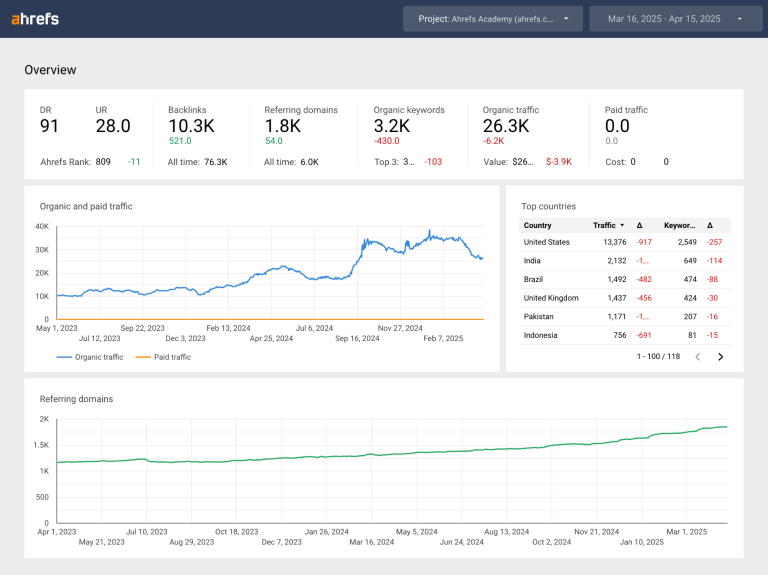
The world of web development has evolved rapidly over the past few decades. Web developers now have access to a plethora of tools and technologies that make the development process faster, easier, and more efficient. One such tool that has gained significant popularity in recent years is the composable platform. Composable platforms have emerged as a unique tool that allows developers to build highly flexible and customizable web applications. This article will discuss the role of composable platforms in web development and why they are becoming essential tools for developers.
What are Composable Platforms?
Table of Contents
Composable platforms offer pre-built components or modules that can be assembled and combined to create complex web applications. These platforms allow developers to create highly customizable applications without starting from scratch. They offer a modular approach to web development that enables developers to choose their necessary components and assemble them into a complete application. A composable strategy helps to simplify the development process, as developers can focus on building the specific features they need rather than building everything from scratch.
Development Flexibility
One of the critical advantages of composable platforms is their flexibility. These platforms are highly customizable, allowing developers to choose the components they need and customize them to fit their specific requirements. This flexibility helps to reduce development time and costs, improving time to market. Additionally, composable platforms make maintaining and updating applications easier, as developers can change individual components without affecting the entire application. This level of customization allows businesses to create highly personalized applications tailored to their specific needs rather than using a one-size-fits-all approach.
Application Quality
Composable platforms also help to improve the quality of web applications. These platforms offer pre-built components that are tested and verified to ensure they are secure and working efficiently. Developers can use these pre-built components to reduce the risk of introducing errors or bugs into their applications. Additionally, composable platforms typically come with built-in security features, such as authentication and authorization, that help to protect applications from cyber threats.
Scalability
Another advantage of composable platforms and composable architecture for web development is its scalability. Composable architecture is highly scalable, making it easily adaptable to changing requirements and always able to handle significant traffic. Developers achieve this scalability through microservices, which allow developers to break down the application into smaller, more manageable components. Using microservices, developers can quickly scale individual elements as needed without affecting the entire application.
Seamless Integration
Composable platforms allow developers to integrate third-party services and APIs into their applications seamlessly. These platforms offer built-in integration capabilities, allowing developers to easily connect their applications to popular services such as Google Maps, PayPal, and Stripe. API integration helps expand the functionality of web applications and provides users with a better experience.
One composable platform that has gained significant popularity in recent years is the Uniform composable platform. The Uniform platform offers a set of pre-built components for easy assembly and application integration. The Uniform platform includes authentication and authorization, user management, content management, and composable e-commerce features. Additionally, the Uniform platform offers built-in integration with popular services such as Shopify, Google Analytics, and Salesforce, making it easy to expand the functionality of web applications.
The Uniform platform is also highly customizable, allowing developers to modify components to fit their specific requirements easily. The platform offers a powerful API to extend the functionality of individual components or create custom components from scratch. Additionally, the Uniform platform provides a range of customization options, such as changing the look and feel of features, adding custom fields, and modifying workflows.
Composable Architecture as the New Industry Standard
Composable architecture has the potential to improve various industries and sectors by providing businesses with the flexibility and agility to adapt quickly to changing market demands. Companies can improve their operational efficiency, customer experience, and overall competitiveness by creating custom applications using pre-built components and modules. As customers continue to search for the best in digital customer experience, composable architecture may soon become a standard across the web development industry.
For example, composable architecture in the retail industry allows for highly personalized e-commerce applications that offer customers a tailored shopping experience. By using pre-built components for features such as product recommendations, shopping cart functionality, and payment processing, retailers can create an application that is customized to meet the needs of their customers. This personalization and agility often result in increased customer loyalty and repeat business.
Composable Architecture for Customer Service
Composable architecture can also play a significant role in improving customer service and the digital customer experience. By building highly customizable and adaptable applications, businesses can provide customers with a seamless, intuitive, and personalized experience across multiple touchpoints.
For example, composable platforms allow companies to build customer service applications that include features such as chatbots, live chat, and social media integration. By using pre-built components for each feature, businesses can quickly and easily build a customer service application tailored to their needs. An agile and efficient customer service application can improve response times, reduce wait times, and provide customers with a more personalized experience.
Furthermore, composable architecture can help businesses better understand their customers’ needs and preferences, allowing them to create applications that more closely align with their customers’ expectations. By analyzing customer data, businesses can identify trends, preferences, and pain points to inform the development of new applications and features.
Explore Composable Architecture Today
In conclusion, composable platforms are becoming an essential tool for web developers. These platforms offer a modular approach to web development that allows developers to choose the components they need and assemble them into a complete application. They provide a high level of flexibility, scalability, and customization, which helps to simplify the development process and improve the quality of web applications. Additionally, composable platforms provide built-in security features, easy integration with third-party services, and are highly adaptable to changing requirements. Composable architecture is already transforming various industries and raising the bar for customer experience and service. As the demand for highly customizable and flexible web applications continues to grow, composable platforms will become even more popular in the years to come.
Featured image by Joshua on Pexels





